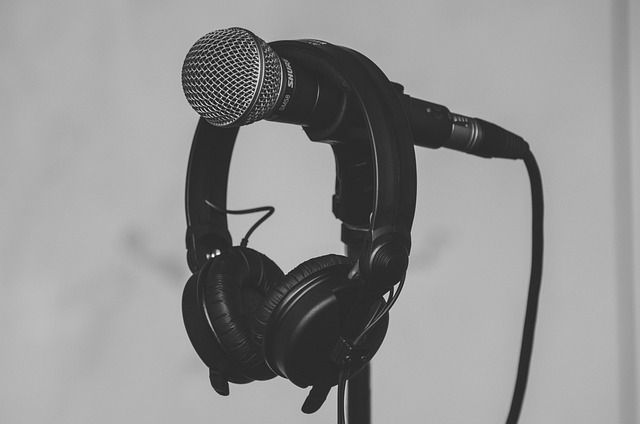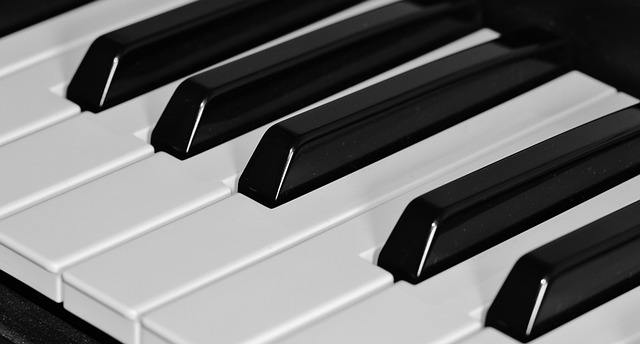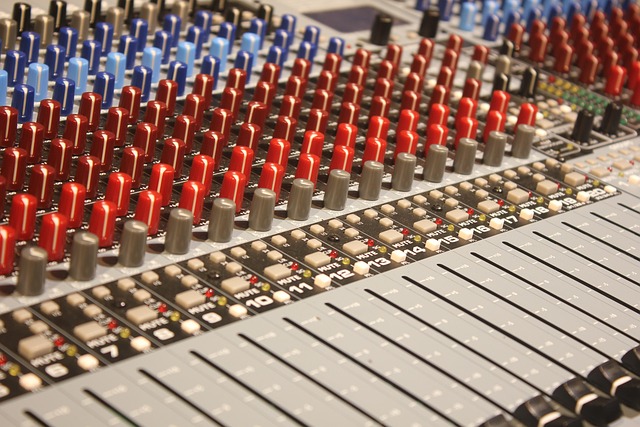Understanding Reference Sound Levels
As an audio enthusiast or professional, you know that sound is not just a medium; it’s an experience. The clarity, richness, and presence of audio recordings can evoke emotions and transport listeners to different worlds. However, achieving that perfect sound requires a solid understanding of reference sound levels.
Reference sound levels serve as benchmarks to guide sound engineers and musicians alike in their quest for high-quality audio. Much like an artist uses a palette of colors, understanding reference levels allows you to blend and shape your recordings with finesse. At its core, a reference sound level is essentially a standard measurement that ensures consistency and clarity in audio output, allowing you to discern where your recordings stand in comparison to established norms.
The Importance of Reference Sound Levels
One of the most critical aspects of audio recording is leveling. Whether you’re mixing vocals, instruments, or effects, the balance is key. Here enters the significance of reference sound levels. By adhering to these standards, you can maintain a dynamic range that ensures no element in your mix is fighting for attention. Imagine recording a beautiful vocal track, only for it to be drowned out by a guitar solo that soars too high. This is where reference levels become your audio compass, helping you navigate your mix effectively.
Establishing Your Reference Levels
So how do you establish effective reference sound levels? Start by familiarizing yourself with industry standards. The most common reference levels include:
- 0 dBFS: This represents the maximum level of digital audio.
- -18 dBFS: Often used as a standard calibration point, it allows for a healthy headroom.
- -12 dBFS: A typical level for mix peaks, ensuring clarity without clipping.
When you set a reference level, you create a solid foundation for your project. This way, you can avoid the chaos of distortion and artefacts that arise from mixing at improper levels. Each genre may have its nuances in terms of reference levels, so paying attention to the norms within your specific style can also bear fruitful results.
Tools to Help Achieve Reference Levels
In the digital age, there are numerous tools to help you master reference sound levels. Digital Audio Workstations (DAWs) come equipped with metering tools that can visually help you monitor your levels in real time. Additionally, plug-ins specifically designed for metering and analyzing levels can further assist your recording process. Utilizing these tools not only enhances your technical abilities but also sharpens your sound intuition.
Practicing Critical Listening
Ultimately, mastering reference sound levels goes beyond technical skills; it requires practice. Critical listening is an invaluable tool that helps you develop your ear. Spend time listening to well-produced tracks in your desired genre, and analyze how their levels sit in relation to each other. Note the nuances in the mix and how the elements are balanced. Over time, you’ll train your ear to recognize what works and what doesn’t.
By immersing yourself in the art of mastering reference sound levels, you embrace the journey of audio recording with precision and passion. Your recordings will not only come alive but will resonate deeply with your listeners, creating an irresistible experience that they’ll keep coming back to.



